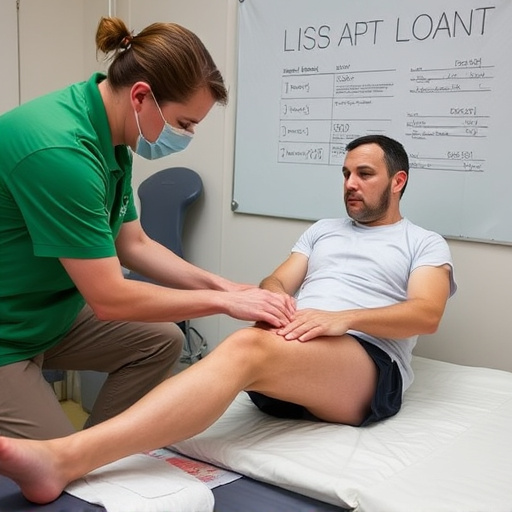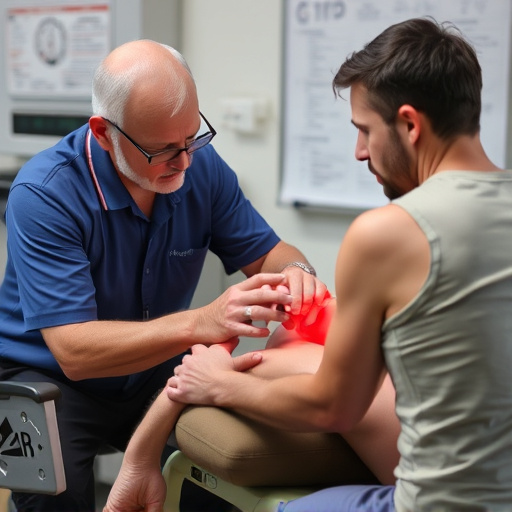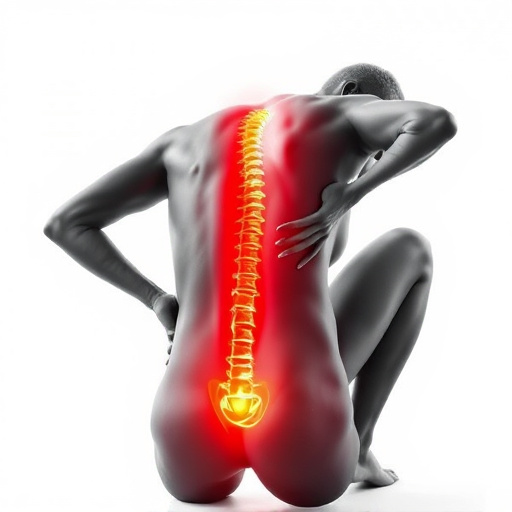Shockwave therapy for pain is a non-invasive, sound wave-based treatment revolutionizing pain management. Highly effective for tendinopathy, fasciitis and other soft tissue injuries, it reduces inflammation, accelerates healing and promotes new blood vessel growth. Offering faster recovery times than surgery or medication, it's ideal for rehabilitation and sports injury recovery, providing personalized relief with fewer treatment visits.
“Discovering a non-invasive solution for chronic pain? Shockwave therapy for pain is emerging as a game-changer in the medical landscape. This innovative approach, highlighted in our article, offers a fresh perspective on managing discomfort.
We’ll explore how shockwave therapy works its magic by stimulating tissue repair, and why it’s gaining popularity worldwide. From its ability to provide long-lasting relief to its minimal recovery time, this treatment is revolutionizing pain management. Dive into our comprehensive guide to understand why it’s becoming a preferred choice for many.”
- Non-Invasive Pain Relief: A New Approach
- How Shockwave Therapy Works Its Magic
- Benefits and Growing Popularity Explained
Non-Invasive Pain Relief: A New Approach

In the realm of pain management, Shockwave Therapy for Pain is emerging as a revolutionary approach, gaining significant traction among healthcare professionals and patients alike. This non-invasive pain relief method has been making waves, offering a fresh perspective on treating various chronic conditions. Unlike traditional invasive procedures, shockwave therapy employs focused sound waves to stimulate healing, making it an appealing option for those seeking alternative treatments, especially in the context of personal injury chiropractic or physical therapy.
The beauty of this treatment lies in its versatility; it can target specific areas of joint pain relief, making it highly effective for conditions such as tendinopathy and fasciitis. By harnessing the body’s natural healing mechanisms, shockwave therapy promotes tissue regeneration and reduces inflammation, providing a promising alternative to medications or surgery. As more research continues to uncover its benefits, this innovative treatment is sure to revolutionize the way we address pain management in various healthcare settings.
How Shockwave Therapy Works Its Magic

Shockwave therapy for pain works by using high-energy sound waves to penetrate deep into the body’s tissues. This non-invasive treatment stimulates a healing response, boosting circulation and encouraging the growth of new blood vessels. By accelerating the natural repair process, shockwave therapy can significantly reduce inflammation and alleviate chronic pain associated with conditions like tendonitis, arthritis, and muscle strains.
It is particularly effective for individuals undergoing post accident rehabilitation or sports injury recovery, as it promotes faster healing and restores functionality without requiring surgery or prescription medications. Moreover, shockwave therapy is often integrated into functional rehabilitation programs to enhance overall mobility and strengthen affected areas, ensuring patients regain their strength and independence more swiftly.
Benefits and Growing Popularity Explained

Shockwave therapy for pain has emerged as a game-changer in the world of alternative treatments, gaining significant popularity due to its diverse benefits. This non-invasive procedure uses high-energy sound waves to stimulate healing and alleviate discomfort associated with various conditions. One of the key advantages is its ability to treat chronic and acute pain stemming from soft tissue injuries, offering relief that traditional methods may struggle to provide.
The growing popularity of shockwave therapy can be attributed to its effectiveness in treating a wide range of ailments, including muscle strains, tendonitis, and joint pain. Unlike therapeutic exercises or standardized treatment plans, this method is personalized to each patient’s needs, ensuring optimal results. Many patients appreciate the convenience, as it often requires fewer visits compared to other treatments, making it an attractive option for those seeking efficient pain management without major side effects.
Shockwave therapy for pain is emerging as a highly effective, non-invasive approach to managing various conditions. Its growing popularity stems from its ability to offer lasting relief without the need for surgery or long-term medication. As more people seek alternative treatments, shockwave therapy promises a promising future in pain management, providing hope and improved quality of life for those suffering from chronic pain.














